Japanese Manju vs Mochi: What’s the Difference?
Terrell Wallin
Posted on August 13, 2021
Share:
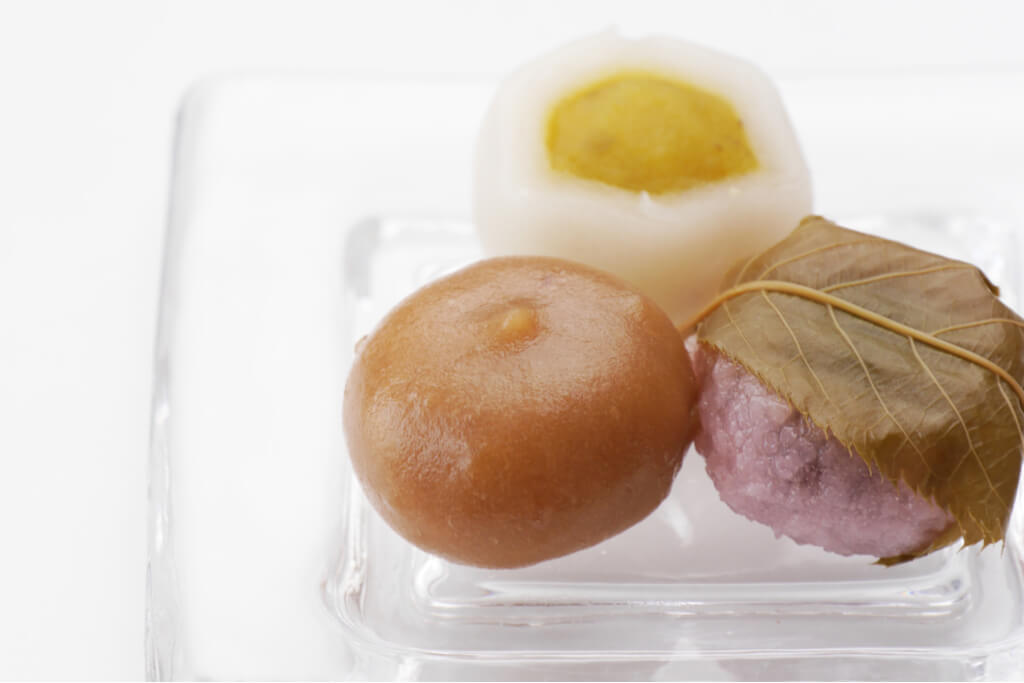
Manju (Japanese stuffed flour cakes) and mochi (Japanese rice cakes) are both kinds of traditional Japanese sweets, called wagashi. While at first glance, these wagashi may seem similar, they are actually quite different. Read on to learn about the differences between these two Japanese confections.
What is Mochi?
If you love Japanese sweets, you’re probably already familiar with mochi, as it is a major component of many Japanese sweets. Often translated into English as rice cake, mochi (餅, or もち) is made from glutinous rice flour and is a white paste with a soft sticky texture.
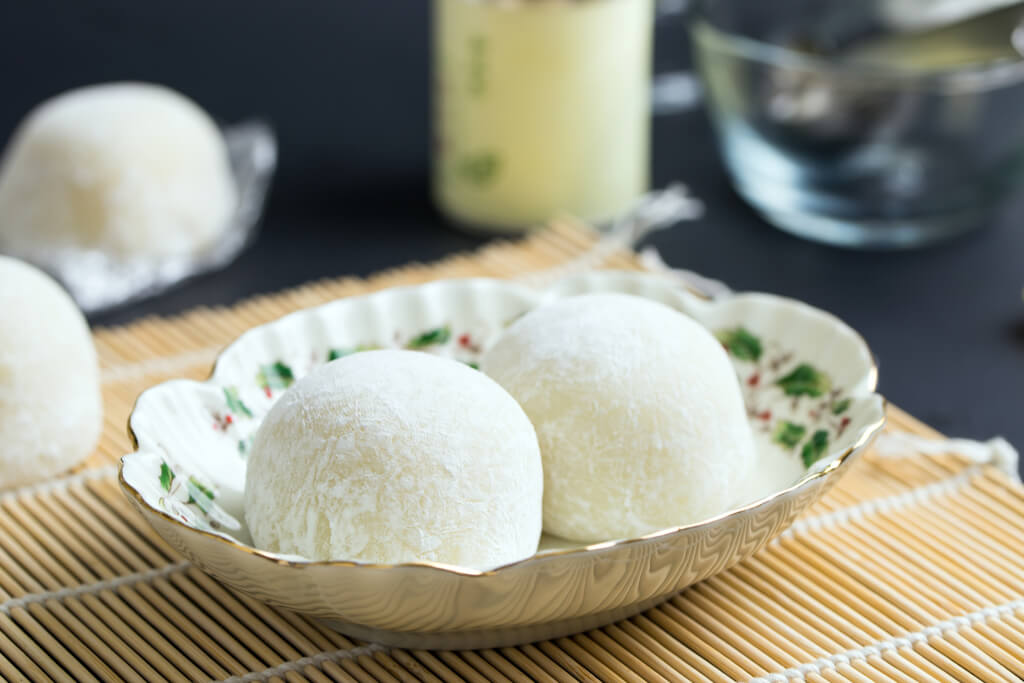
Traditionally, mochi is created by pounding glutinous rice into a paste. However, today, it is far easier to make by just mixing rice flour with water and cooking it. There are even kinds of mochi that can be cooked in the microwave.
Mochi was likely brought over from China, along with the glutinous rice used to make it, perhaps as early as the Jomon period. We have records showing that the pounded rice cakes were served as a New Year’s treat during Japan’s Heian era over 1000 years ago. At the time, mochi-like rice cakes were also used as an offering to the gods or in religious rituals. Since then, pounded rice cakes have become a staple of Japanese cuisine.
Love mochi, manju, or just authentic Japanese sweets in general? Sakuraco sends authentic Japanese sweets and snacks straight from local makers right to you!
Mochi can be eaten plain, dipped in sweet soy sauce, or wrapped in nori. However, it can also be used as a single component in more complex wagashi.
One of the most popular mochi-based sweets is daifuku: mochi balls filled with a paste made with azuki beans (red beans) called anko and rolled in white rice powder. Daifuku are usually filled with anko paste, but can also be filled with whipped cream and fruit. In the winter months, when strawberries are in season, strawberry daifuku are extremely popular.
You may also be familiar with mochi ice cream, made of balls of ice cream wrapped in mochi. This frozen treat has become famous internationally. However, in Japan, this ice cream is also considered a kind of daifuku (stuffed mochi), called yukimi daifuku (snow-viewing daifuku).
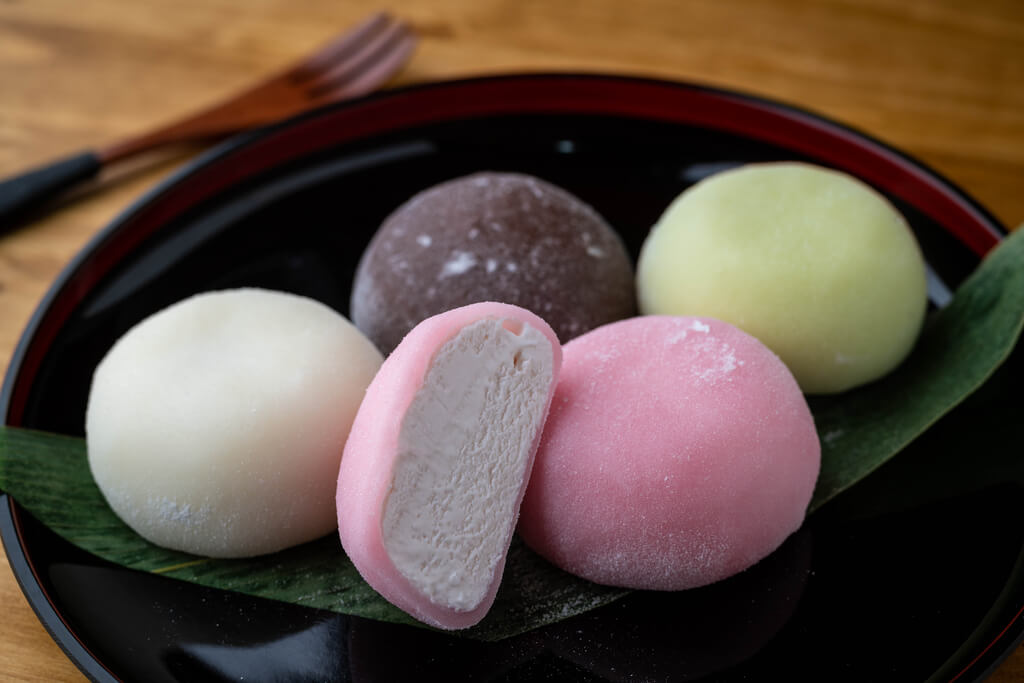
There are countless other types of mochi among wagashi. Some of the most well-known include mochi dango (balls of mochi on a stick, served with sweet toppings), zenzai (red bean soup with chunks of mochi), and nama yatsuhashi (thin squares of mochi folded around red bean paste, a specialty of Kyoto).
What are Manju?
Manju are round, steamed buns, usually filled with anko paste, although they can also be filled with everything from custard to vegetables. They were brought over from China in 1341, and are an adaptation of the Chinese mantou. In China, mantou were steamed buns often filled with meat, like the Chinese steamed buns of today.
However, in Japan these buns were filled with red sweet red bean paste (anko) instead. In Japan at the time, Buddhism was the main religion, and it prohibited the consumption of meat. So, red bean paste or vegetables were substituted for the usual meat filling, making them into the now familiar manju.

At first glance, manju and mochi seem very similar, as they both have a round shape and are both usually filled with red bean paste. However, the similarities end there. Manju (饅頭, まんじゅう) are typically made with wheat flour or buckwheat flour.
Manju come in many varieties as well. The most common types include:
- Cha manju (brown manju), brown-colored buns filled with anko.
- Mizu manju (water manju), soft manju with an exterior made of kudzu starch.
- Momiji manju (maple manju), manju made in the shape of maple leaves, with an exterior like a castella or sponge cake, which are not steamed, but baked in maple leaf molds.
- Matcha manju (green tea manju), green in color, with matcha powder added to the dough.
- Sake manju (Japanese rice wine manju), which incorporates sake into the dough.
- Tsukimi manju (moon-viewing manju), which are white, often rabbit-shaped, and are eaten during the tsukimi festival.
Mochi or Manju? Or Mochi-Manju?
Mochi and manju are two similar, but very different types of sweets. Mochi is often used more like dough, as a component of more complex sweets, while manju is a finished product all on its own. Also, mochi is rice flour-based, while manju is usually made with an outer shell of wheat or buckwheat flour.
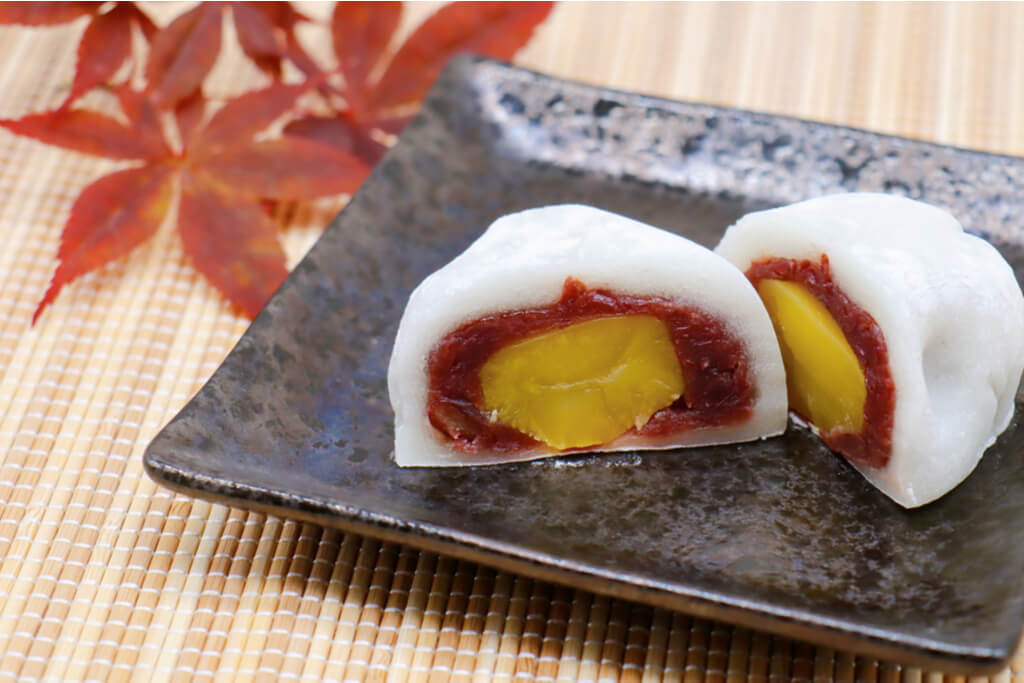
The difference between the two types of sweets is sometimes blurred as some special types of manju, like nama-fu (wheat gluten) manju, use dough made from a mix of glutinous rice flour and wheat flour as the outer coating, instead of wheat flour. Nama-fu manju are steamed like normal manju, but the outer layer has a soft, chewy texture similar to that of mochi.
Another sweet which blurs the lines between mochi and manju are the maple leaf-shaped “Raw” momiji manju. These confections have an exterior made with mochi paste, making them even more similar to daifuku, if it weren’t for their special maple-leaf shape.
Despite their differences, if you love Japanese sweets as much as we do, you’re sure to find them both delicious. Whether it’s mochi or manju, they go especially well with a cup of green tea.

Discover authentic flavors with Sakuraco
Get Sakuraco 
1 Responses

Discover authentic flavors with Sakuraco
Get Sakuraco 
Related Articles
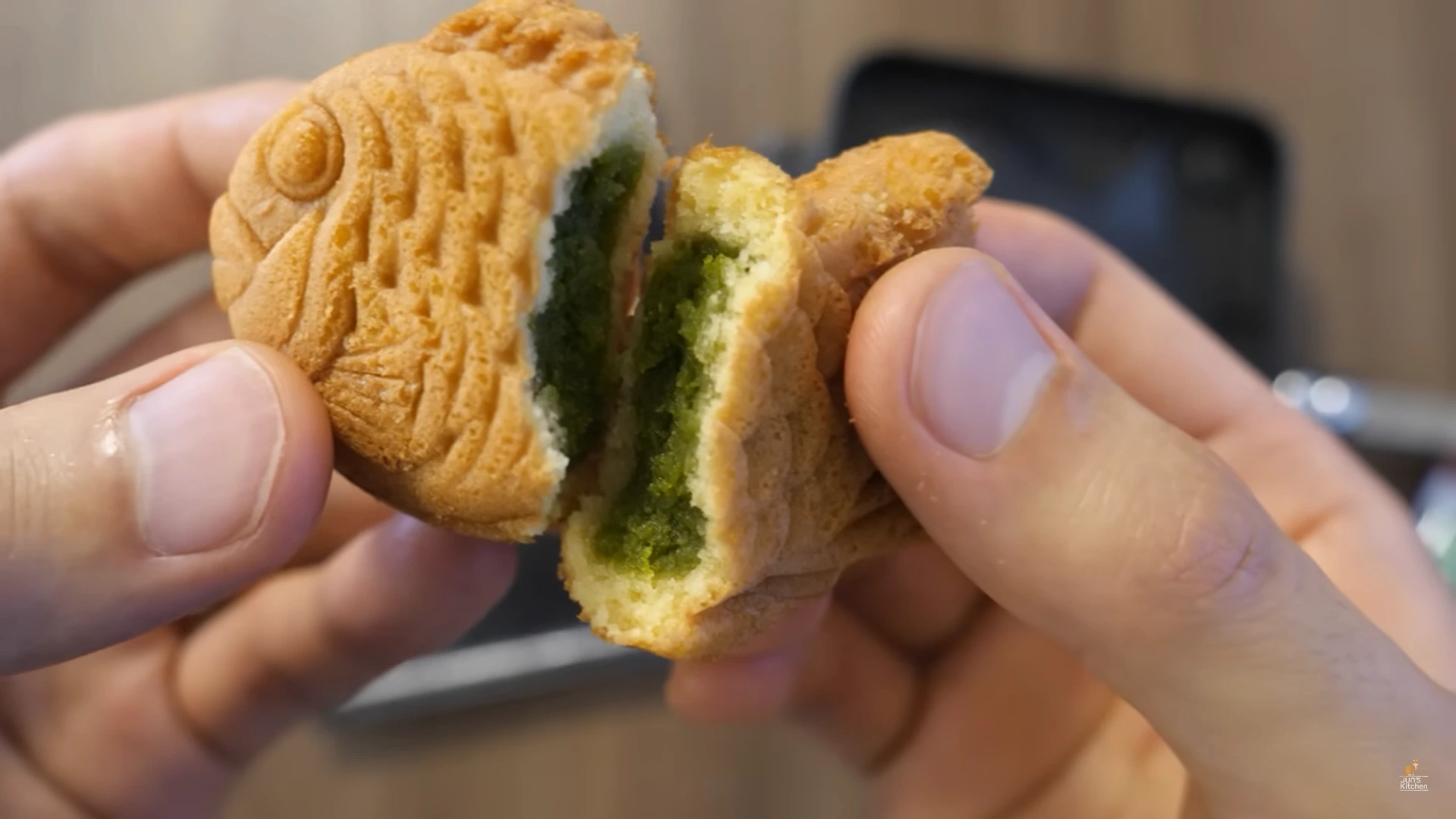
Jun’s Kitchen: Awesome Step-by-Step Taiyaki Recipe!
In this video, Jun from Jun’s Kitchen—a YouTube channel beloved for its calming, beautifully filmed cooking videos featuring traditional Japanese recipes and his cats—shares a delightful recipe for making taiyaki, the iconic fish-shaped cake filled with sweet red bean paste. T
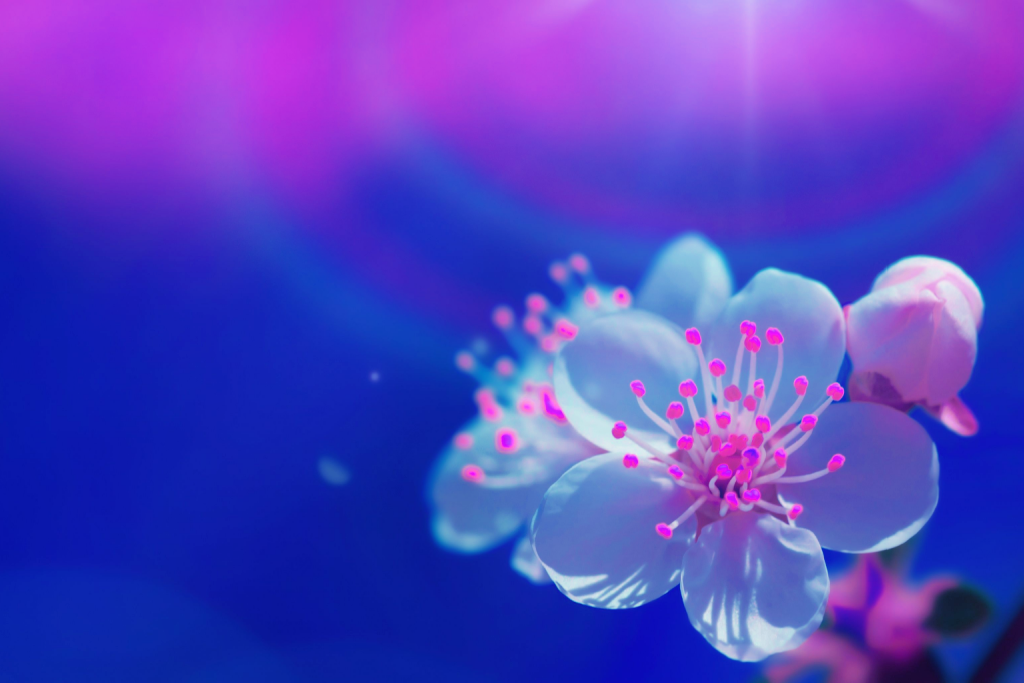
Moonlight Sakura: How to Enjoy Cherry Blossoms at Night!
Japan’s spring is a special time when cherry trees dress the landscape in soft shades of pink. Enjoy these delicate blossoms from the bright morning hours until the gentle moonlight graces the night, creating a serene and graceful scene.
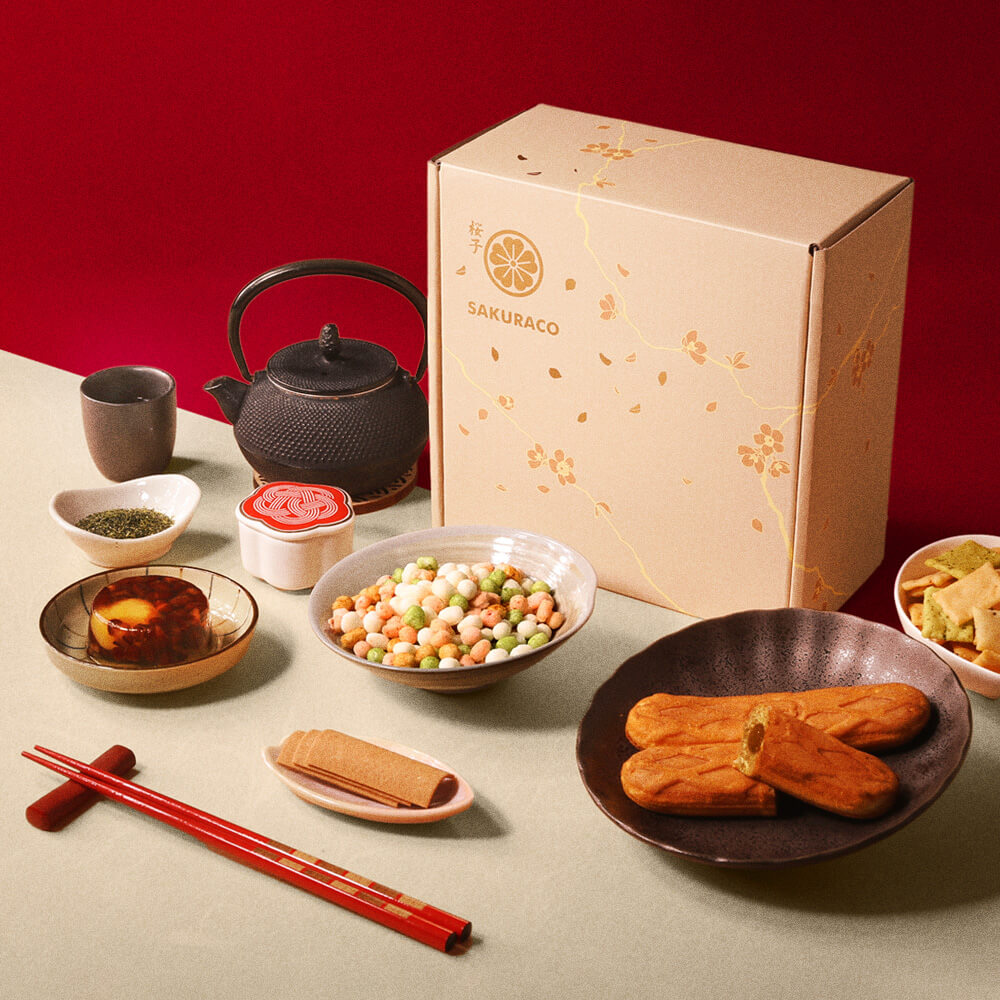
Sakuraco March 2023 Reviewer Contest Winners Announced
Thank you to everyone who has submitted the review! Hi Sakuraco family! Get ready to jump for joy because we’ve got some incredible news to share with you! As the summer season approached, we were blown away by the sheer number of fantastic entries we received for our latest contest. We had a tough time…
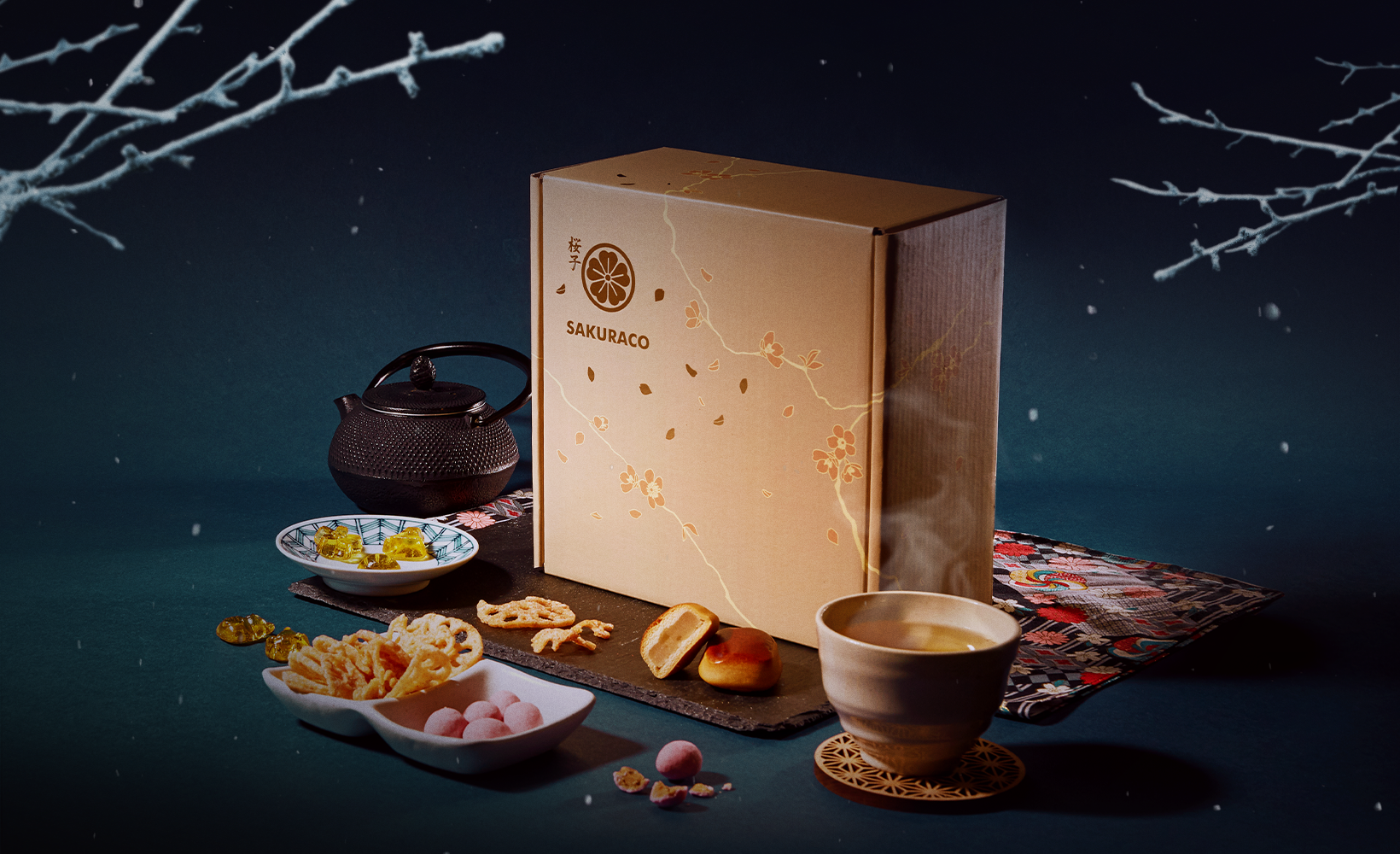
Sakuraco November 2022 Reviewer Contest Winners Announced
Thank you to everyone who has submitted the review! Hi Sakuraco family! Winter is really setting in at this point! How have you been greeting November thus far? I pray the holidays found you surrounded by loved ones. We’re revealing the November 2022 reviewer winners right now, please check it out! Congratulations to all the…



